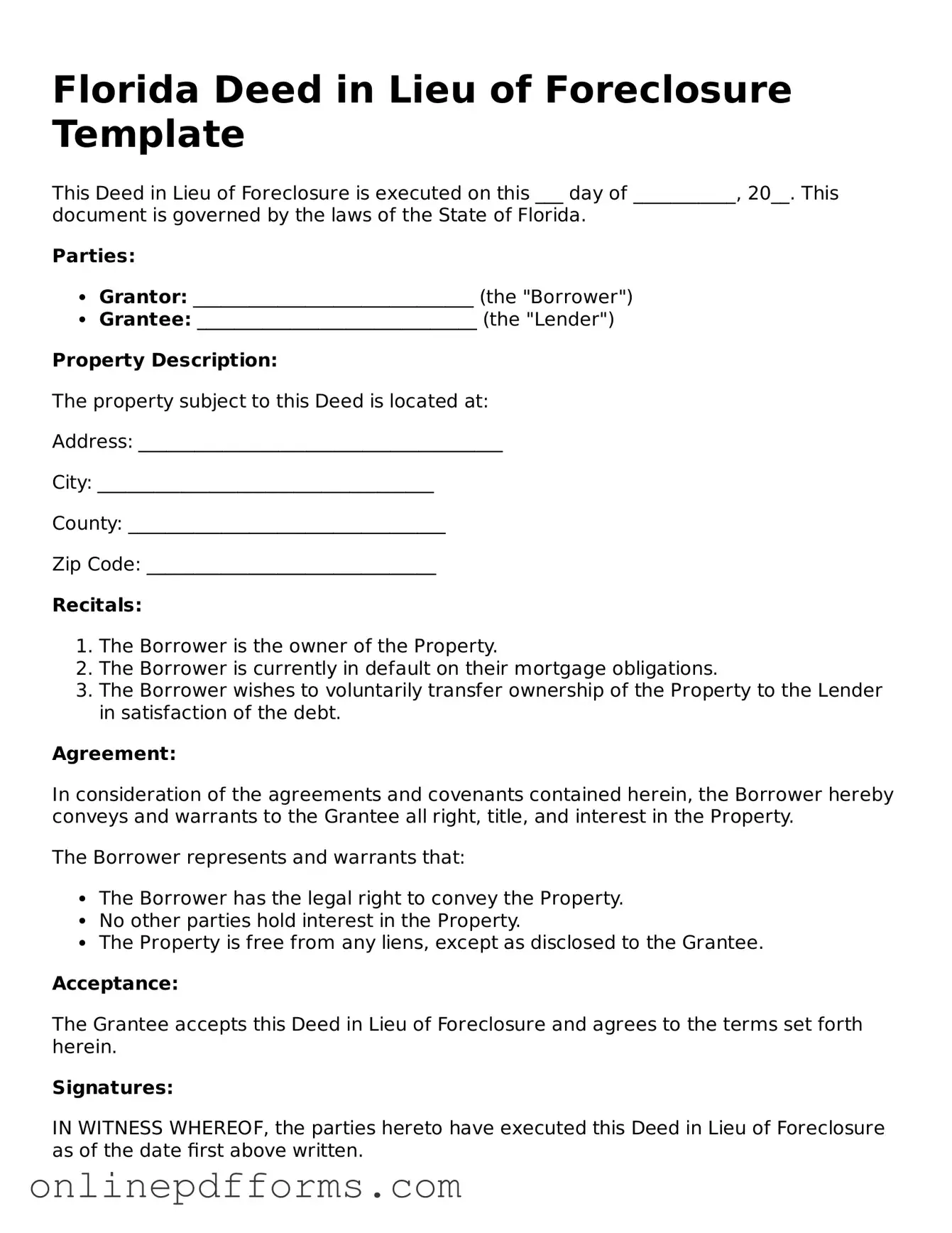A mortgage release is a document that signifies the termination of a mortgage agreement between a borrower and a lender. Similar to a deed in lieu of foreclosure, it allows the borrower to relinquish their rights to the property, thereby freeing them from their financial obligations. In both cases, the lender agrees to accept the property in satisfaction of the debt, which can help the borrower avoid a lengthy foreclosure process. The key difference lies in the specific circumstances under which each document is executed, with the mortgage release typically occurring after the borrower has paid off the mortgage in full.
A short sale agreement involves the sale of a property for less than the amount owed on the mortgage. Like a deed in lieu of foreclosure, a short sale allows the borrower to avoid the negative consequences of foreclosure. The lender must approve the sale, which can be a lengthy process. In both scenarios, the borrower seeks to mitigate financial loss and protect their credit score, but a short sale requires finding a buyer, while a deed in lieu transfers ownership directly to the lender.
A loan modification agreement alters the terms of an existing loan, often to make payments more manageable for the borrower. This document shares similarities with a deed in lieu of foreclosure in that both aim to help the borrower maintain ownership of the property and avoid foreclosure. However, while a deed in lieu results in the transfer of property ownership to the lender, a loan modification keeps the borrower in their home under revised terms, allowing them to continue making payments.
A foreclosure notice is a legal document that informs a borrower that their lender intends to initiate foreclosure proceedings due to missed payments. This document serves as a precursor to a foreclosure and shares a connection with a deed in lieu of foreclosure, as both involve the lender's right to reclaim the property. However, a deed in lieu is a voluntary agreement that allows the borrower to surrender the property without going through the foreclosure process, which can be lengthy and damaging to credit.
A bankruptcy filing can also relate to a deed in lieu of foreclosure. When individuals face overwhelming debt, they may choose to file for bankruptcy as a way to reorganize or eliminate their financial obligations. Both options can provide relief from foreclosure, but bankruptcy is a more formal legal process that may involve court proceedings and a repayment plan, while a deed in lieu is a direct agreement between the borrower and lender to transfer property ownership.
A quitclaim deed is a legal instrument used to transfer interest in real property. This document can be similar to a deed in lieu of foreclosure in that it allows for the transfer of property rights. However, a quitclaim deed does not involve a financial settlement or debt forgiveness; it simply conveys whatever interest the grantor has in the property. In contrast, a deed in lieu of foreclosure is specifically tied to the resolution of a mortgage debt.
If you're looking for a reliable way to document the sale of a motorcycle, the Texas Motorcycle Bill of Sale form is essential. This legal document captures all necessary details of the transaction, including buyer and seller information, ensuring clear ownership transfer. To simplify your experience, the document is available here for your convenience.
A real estate settlement statement outlines the financial details of a real estate transaction, including all costs and fees involved. While it is not a direct substitute for a deed in lieu of foreclosure, it shares the goal of clarifying the financial implications of transferring property. Both documents aim to ensure transparency in the transaction process, but a settlement statement typically occurs in the context of a sale, while a deed in lieu addresses the transfer of property ownership to resolve a mortgage default.
Finally, a property deed serves as the official document that conveys ownership of real estate. While a deed in lieu of foreclosure is a specific type of property deed that involves the voluntary transfer of ownership to a lender, it is distinguished by its purpose of resolving a mortgage obligation. Both documents fulfill the fundamental function of transferring property rights, but a deed in lieu is specifically tied to the context of foreclosure and debt resolution.
